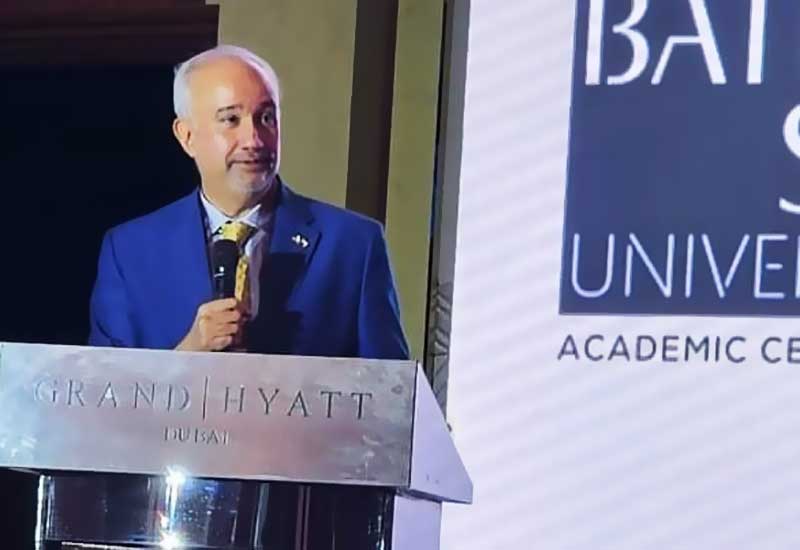The District Education Performance Index (DEPIx) Report 2020-23, prepared by the Planning Division, has placed the country’s education system in the low performance category. Report further illustrates for increased and more strategically targeted investment in the education sector. With the introduction of 18th Amendment in the constitution in 2010, education portfolio was transferred to the provinces to make policy, administrative and fiscal decisions.
As per the above report, Sindh and Balochistan are lagging behind putting its performance than Punjab and KPK. There are approximately 26.2 million children out of school in the country. This is very alarming. Shockingly, the number of children out of school is increasing rather than decreasing with every passing day.
As a whole, Pakistan dedicates just 1.9% of its GDP to education sector; this shows the preference to ameliorate educational performance. However, simply increasing resources is not a complete remedy. A lot more need to be done. Financial disparity remains with and within provinces. Punjab and KPK allocates more than that of Sindh and Balochistan. At provincial level, budgetary allocation also remains unsatisfactory. There is a need of targeted investment in education in order to raise education standard along with its quality.
Not only out of school children is the dilemma, but also substandard education is an area where the land of pure has failed to perform. Access to the quality education is mainly determined by the parental income: higher income allows parents to afford better educational opportunities for their children, while those with lower income either face challenges in enrolling their children in school or must settle for government or low-fee private schools, which often deliver an inadequate education.
What needs to be done in order to enhance an educational standard which meets modern day requirements of the competition? We need to increase the number of schools, teachers and classrooms; overhaul our assessment and examination system; update our curricula and textbooks; enhance the teaching skills and content knowledge of the educators; and improve governance structure in the public sector.
The education section of the executive summary of the Economic Survey of Pakistan 2021-2022 notes:
“Pakistan is committed to transform its education system into a high-quality global-market demand driven system in accordance with Goal 4 of the Sustainable Development Goals (SDGs).” However, the reality is vastly different. In 2021-22, we spent only 1.77% of GDP on education related expenditure at the both federal and provincial levels. Similar is the case in 2024. We constantly made big claims and pledges, but of no use at the end.
All these measures, and more, must be implemented in letter and spirit. It is the prime responsibility of the state to ensure provision of quality education, as the children of today will be the means by which the country can progress tomorrow.
State of education in Pakistan




